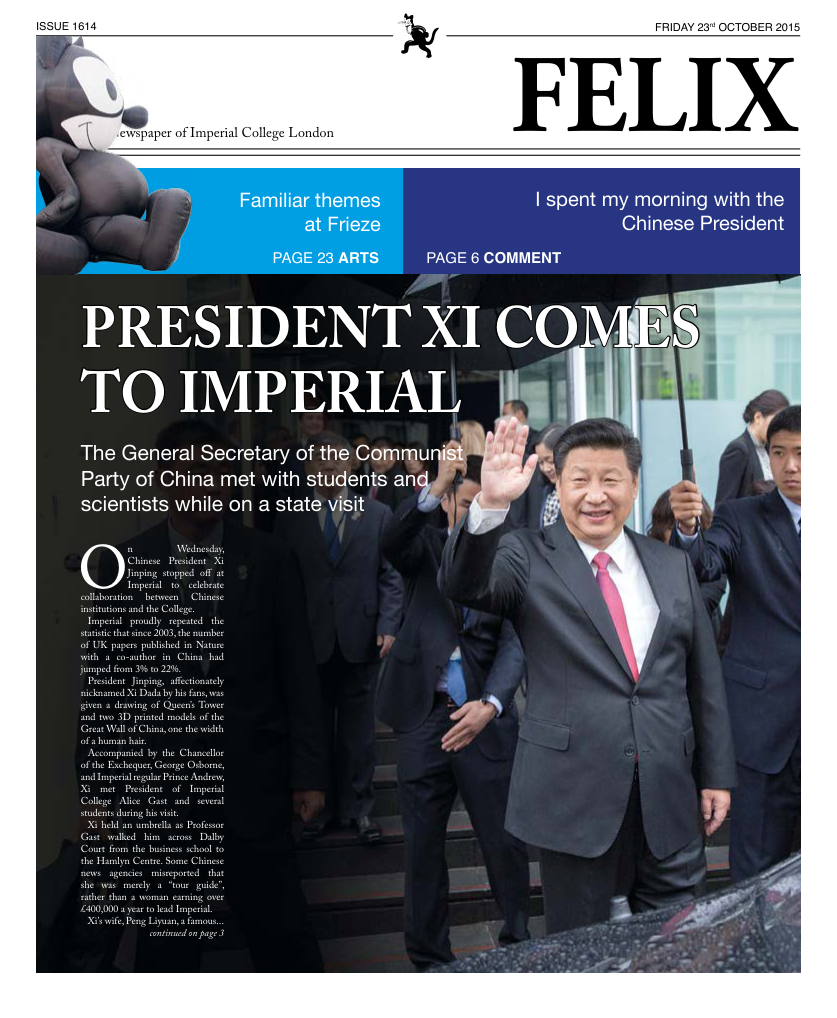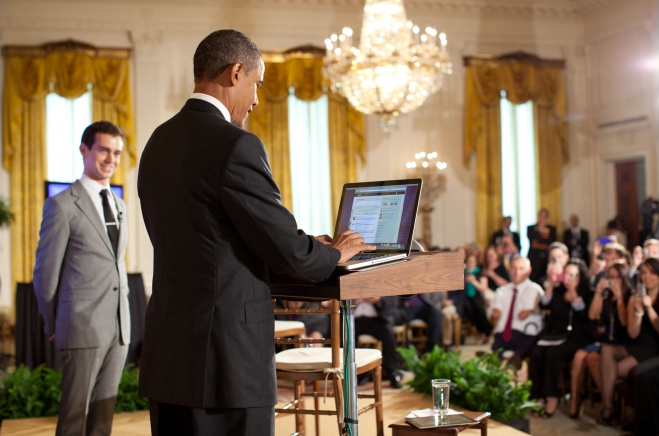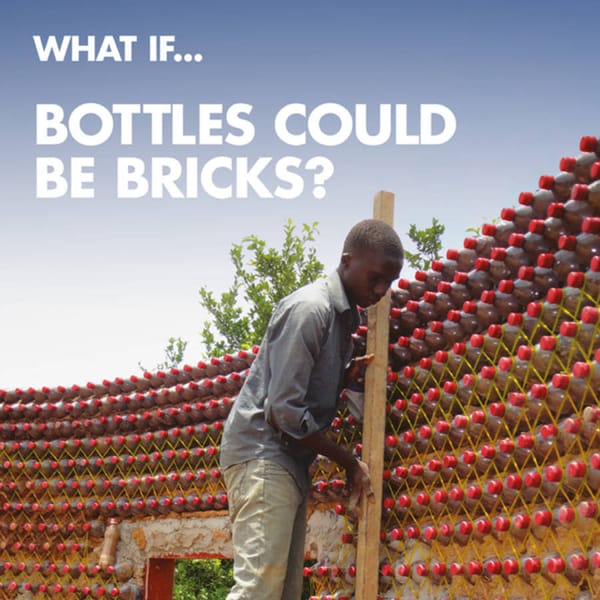Last orders as craft beer steals market share
Will a mega-merger in the brewing industry save big beer?

In the UK back in 2006 the majority of pubs served mostly identical lagers on keg; variety was achieved by a changing assortment of warm cask ales that often left younger drinkers wanting. In the US, the situation was similar; bars served a narrow range of indistinguishable beers: Bud Light, Coors Light, Budweiser and the like. Any variety found came in the form of expensive import beers like Guinness.
By 2015 it might appear that nothing has changed: Bud Light is still the USA’s most drunk beer, beating its equally bland rival Miller Light by over $3 billion in sales. Yet the experience of going out for a beer has unquestionably changed. Drinkers are now met with a smorgasbord of choice thanks to the rise of craft beer.
It is difficult to realise efficiency gains when breweries are on different continents
These are highly flavourful beers made by small, independent companies. From dedicated brewpubs like The Craft Beer Co. to curmudgeonly chains like Wetherspoons, almost every pub sells some amount of craft beer. This visible change in pubs and bars on both sides of the pond is reflected in the numbers: in the US, craft beer volumes were around 5 million barrels through the early noughties before rapidly growing to 22 million today. This double digit growth in production goes against the negligible change in beer consumption over that time: craft breweries are stealing market share from the big players.
The biggest of all, AB InBev (producer of Bud Light and Brazilian favourite Skol) is responding to the encroachment of the craft brewers by buying its rival, second largest brewing conglomerate SABMiller (maker of Miller, Peroni and Grolsch). The acquisition, provisionally announced last week, will cost AB InBev some $104 billion and will produce a global superpower in brewing, responsible for around one in three pints consumed worldwide. Yet, even this industry titan might not be able to save big beer.
That’s not to say that AB InBev doesn’t have form in the field of billion dollar acquisitions. The company was born out of a deal that saw Belgian based InBev buy US brewer Anheuser-Busch. InBev took a firm with flat lining shares and ruthlessly trimmed the fat, cutting back on everything from free baseball tickets to corporate jets. The new company, AB InBev, saw its share price increase tenfold from its acquisition in 2008 to today, justifying the premium InBev paid for AB. The firm would seem well placed to repeat this story of success with SABMiller.
The problem is that SABMiller is not Anheuser-Busch. SABMiller has seen solid share price growth since 2004, rising from £5 to over £35 a share in recent weeks. In addition, it has undergone its own cost-cutting programme, projecting savings of $500 million a year by 2018, and has sold off investments in other assets not essential to brewing. These easy profit-boosting moves have undercut the potential impact AB InBev may have had. Areas where they might have hoped to cut costs, in the arguably bloated South African operations of SABMiller, will meet strong governmental opposition as local politicians seek to safeguard jobs.
If AB InBev will struggle to make radical improvements via cost-cutting then perhaps synergies will justify the acquisition. In the jargon of mergers and acquisitions, synergies refer to the sharing of resources by two firms, thus reducing overheads and increasing profits. A challenge to this is that the two firms operate in different regions; it is difficult to realise efficiency gains when breweries are on different continents.
Where the two firms do share territory such gains might not be allowed: national antitrust agencies (bodies that watch out for the growth of monopolies) will demand the selling off of assets to prevent the dominance of the new company.
The most obvious goal of AB InBev is, surely, geographical. SABMiller has a foothold in Africa, with a near 90% market share in South Africa and a small presence in the important Nigerian market. AB InBev’s CEO, Carlos Brito, claims that the acquisition will allow his firm’s brands to be sold in the rapidly growing African market.
Yet this is not as simple as it sounds. Importing brands such as Budweiser would make them prohibitively expensive. Even brewing the beers locally may be tricky; barley is expensive in Africa and local brewers have responded by developing alternatives based on cassava and sorghum. It remains to be seen whether AB InBev’s offerings can gain traction in the region. Instead of a potentially value-destroying mega-deal, the firms owner’s might have been better served by the company improving its prospects at home.
One way it could do this is by dealing with the elephant in the room: craft beer. Instead of reverting to its more monopolistic tendencies of the past decade, such as attempting to limit craft breweries’ access to the market by throttling distribution lines, the big brewers could diversify their offering. They could set up beer incubators in the manner of tech start-ups, bankrolling small brewers, advertising their products and helping them to market.
In this way AB InBev would undercut its current products with its own brands. To those that would rather the big beer companies stay out of the craft beer market, the reality is that if AB InBev promotes a California pale ale or sour beer in the future as it does Bud Light today, it would encourage more people to drink better beer, and in doing so, grow the market for better quality brews. A bigger market for craft beer benefits all producers and will ensure that even more pubs are supplied with the good stuff. A world with declining sales of dire lager must be a better one.
As it is, AB InBev has bought a company with an almost identical portfolio of beers as itself. While African growth might sustain it for a while, the new company will continue to face declining sales under the pressure from craft beers. If other markets such as Latin America and Africa ultimately make the move to craft, then perhaps AB InBev will end up wishing it had gambled on quality not quantity.







